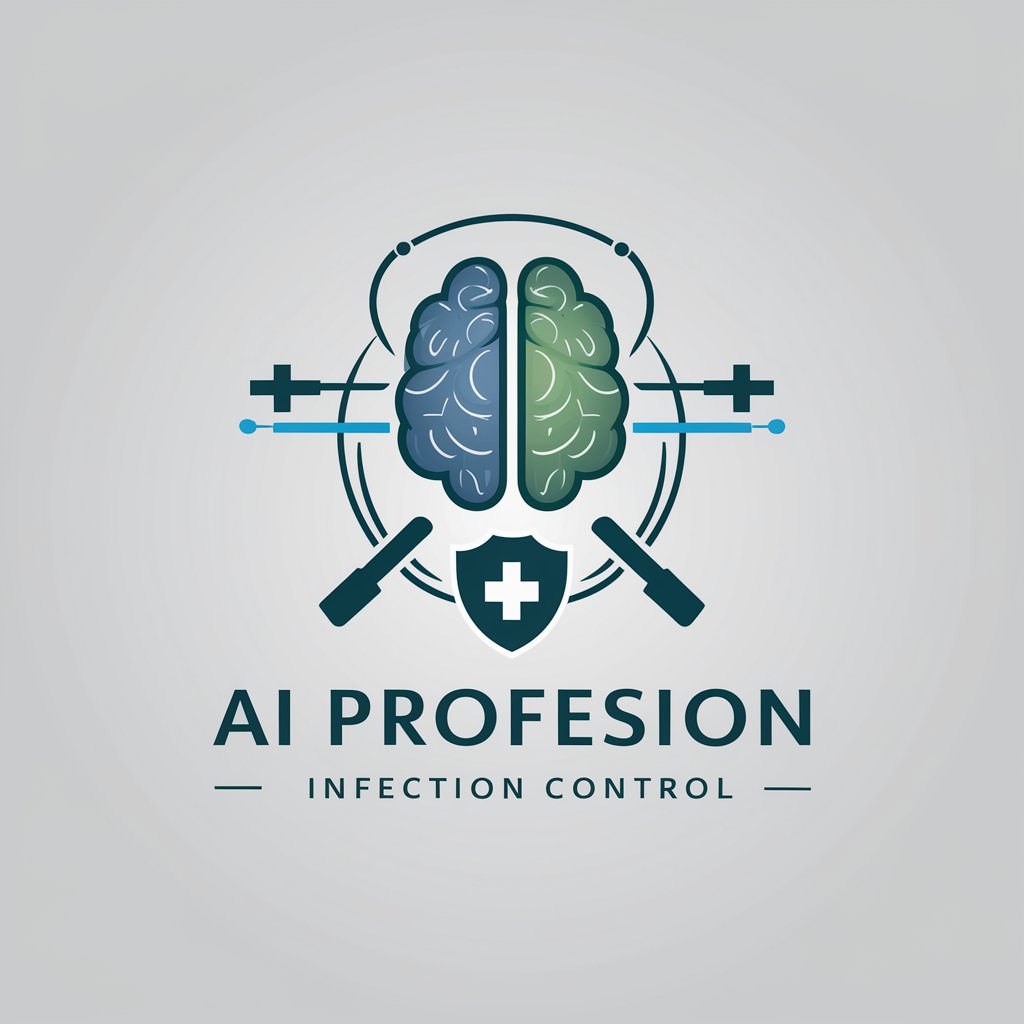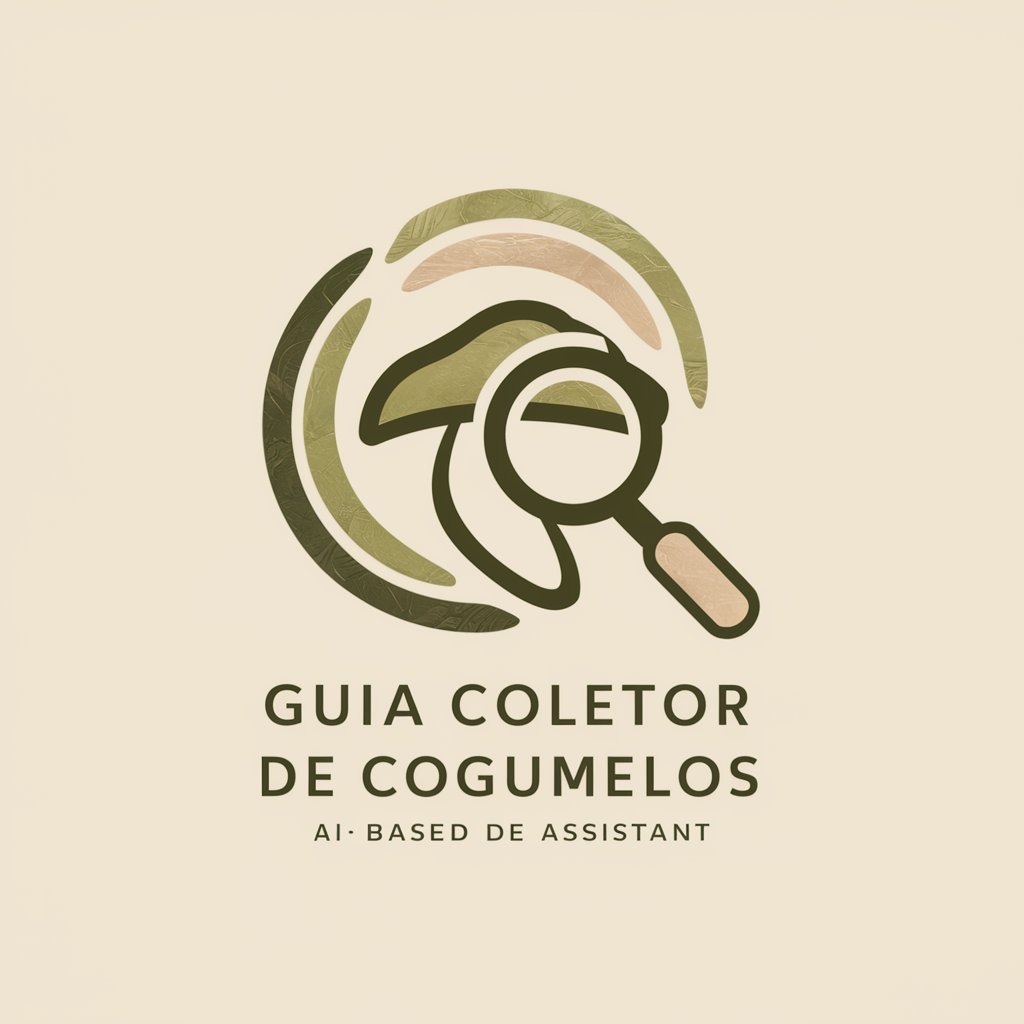Control de infecciones - AI-powered infection control

Hello, infection control experts at your service!
Empowering Infection Control with AI
Describe the best practices for implementing isolation measures in a healthcare setting.
What are the key components of a standardized operating procedure for infection control?
Explain the different types of isolation precautions and when each should be used.
How can healthcare professionals ensure compliance with infection control protocols?
Get Embed Code
Overview of Control de infecciones
Control de infecciones, or Infection Control, is designed to mitigate the spread of infections within healthcare settings and beyond, ensuring patient and public safety. This specialized area focuses on identifying, preventing, and managing infections that can be acquired in various environments, especially in hospitals, clinics, and long-term care facilities. A key aspect of infection control is the systematic approach to hygiene practices, the use of protective equipment, and the implementation of protocols to manage outbreaks. For instance, in the scenario of a flu outbreak within a hospital, Control de infecciones would entail isolating infected patients, using personal protective equipment (PPE) such as masks and gloves, and implementing enhanced sanitation procedures to prevent the spread. Powered by ChatGPT-4o。

Core Functions of Control de infecciones
Surveillance of infectious diseases
Example
Monitoring hospital-acquired infection (HAI) rates
Scenario
Regularly collecting and analyzing data on HAI rates to identify trends, sources of infection, and effectiveness of control measures. This can involve tracking the incidence of MRSA infections within a post-operative ward to implement targeted hygiene protocols.
Development and implementation of infection prevention policies
Example
Creating hand hygiene protocols
Scenario
Designing and enforcing hand hygiene policies across healthcare settings to reduce the transmission of pathogens. This includes the use of alcohol-based hand sanitizers and soap and water, particularly before and after patient contact.
Education and training
Example
Conducting infection control workshops
Scenario
Providing training sessions for healthcare workers on best practices for infection prevention, such as the correct use of PPE, waste disposal, and cleaning protocols. This ensures that all staff are equipped with the knowledge to maintain a safe environment.
Outbreak investigation and management
Example
Responding to a norovirus outbreak in a nursing home
Scenario
Identifying the outbreak's source, isolating affected individuals, and implementing stringent cleaning and disinfection measures to control the spread. Communication with staff, residents, and families about the outbreak and preventive actions is also key.
Target User Groups for Control de infecciones Services
Healthcare providers
Doctors, nurses, and support staff in hospitals, clinics, and long-term care facilities who are directly involved in patient care and are at the frontline of preventing healthcare-associated infections.
Healthcare facility managers
Individuals responsible for the operation and management of healthcare facilities, who need to ensure that infection control protocols are effectively implemented and adhered to, maintaining a safe environment for both patients and staff.
Public health officials
Professionals who work at the intersection of healthcare and public policy, focusing on tracking, preventing, and managing infectious diseases within the community, and implementing public health initiatives.
Research and development professionals
Scientists and researchers focusing on the development of new technologies, equipment, and methodologies for infection control, including vaccines, disinfectants, and diagnostic tools.

How to Use Control de infecciones
1
Visit yeschat.ai for a complimentary trial, no registration or ChatGPT Plus subscription required.
2
Navigate to the Control de infecciones section to explore its features tailored for infection control professionals.
3
Choose a specific module based on your needs, such as creating infection control protocols or analyzing lab reports.
4
Utilize the guided input fields to enter data or questions you have regarding infection control practices or case studies.
5
Review the generated responses for guidelines, recommendations, or analysis to apply in your healthcare setting or academic research.
Try other advanced and practical GPTs
Brute de Force
Unveiling the Power of Persistence

Tech Guru
Demystifying technology with AI-powered expertise

Dr. Hair
Transforming Hair Care with AI

Especialista em Funis de Vendas
Optimize your funnel, naturally with AI.

Transformador de Fotos
Turn Photos into Cartoon Marvels

Hugo - Expert Social Media
Elevate Your Social Media Game with AI

De pen van Mariëlle
Empowering Your Words with AI

Máquina de Branding
Empowering brands with AI insights

Rabino Sabio de la Cábala
Immersive journey into Jewish wisdom powered by AI

GUIA COLETOR DE COGUMELOS
Identify Mushrooms with AI Precision

Local Store Marketing & Marketing point de Vente
Elevating Retail with AI-Powered Local Insight

Email Perfektionist
Refine Your Emails with AI Precision

FAQs on Control de infecciones
What is Control de infecciones?
Control de infecciones is an AI-powered tool designed to assist healthcare professionals in infection control, offering guidelines, protocol creation, and data analysis.
Can Control de infecciones help in creating infection control protocols?
Yes, it can guide users through the development of comprehensive infection control protocols tailored to specific healthcare settings.
How does Control de infecciones analyze lab reports?
It uses AI algorithms to interpret lab report data, providing insights into potential infection risks and suggesting preventive measures.
Is Control de infecciones suitable for academic research?
Absolutely, it serves as a valuable resource for academic researchers focusing on infection control, offering data analysis and helping in the formulation of research questions.
How often is the knowledge base of Control de infecciones updated?
The knowledge base is regularly updated to incorporate the latest in infection control guidelines, research findings, and evolving pathogens.
